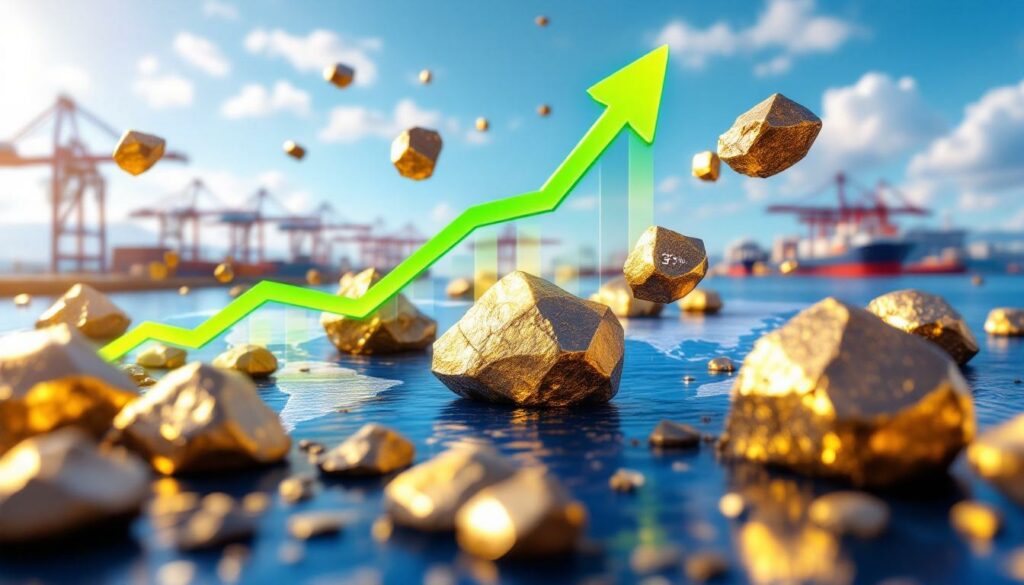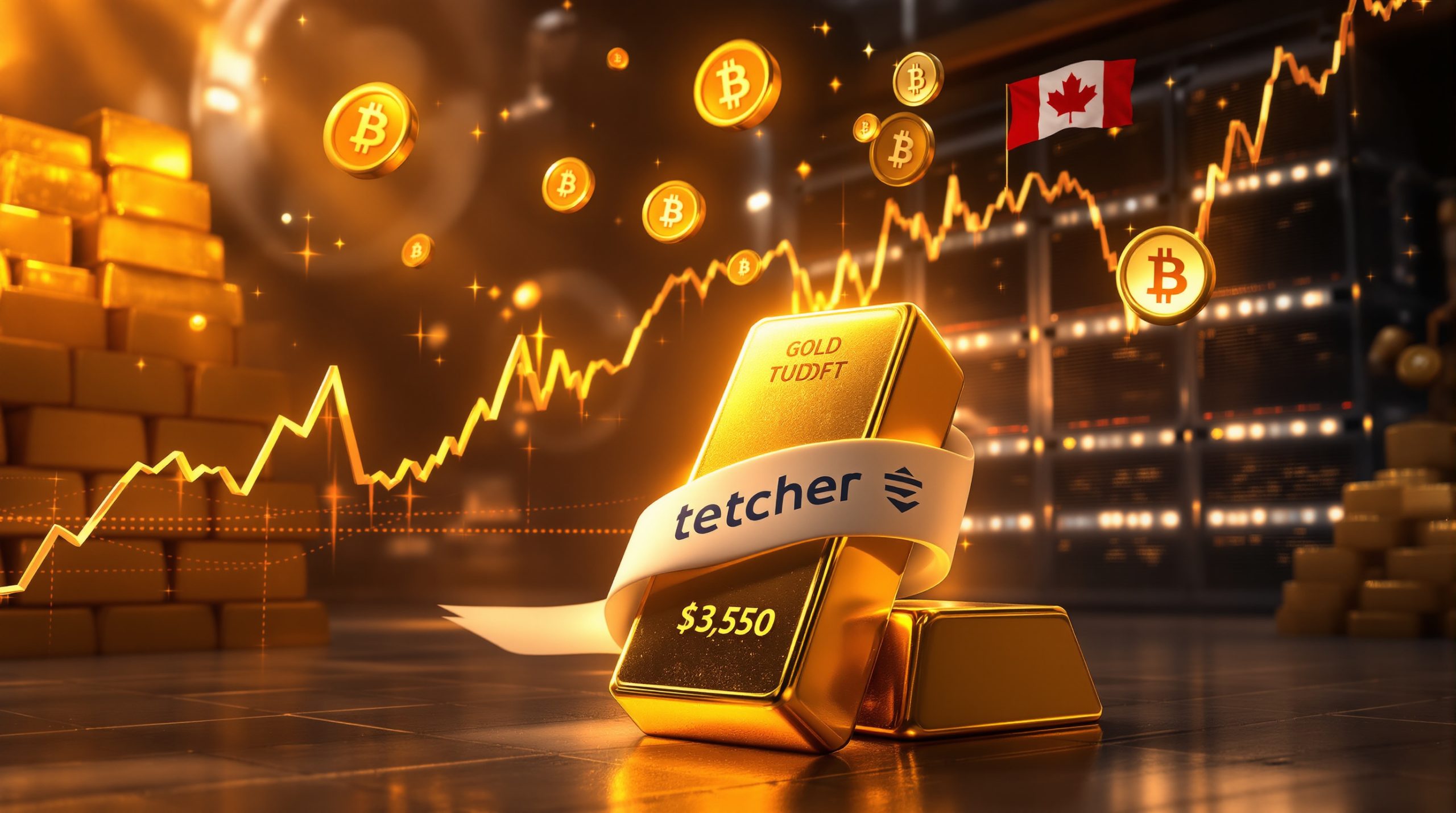What Are the Current Manganese Ore Price Trends?
The manganese ore market has been experiencing notable price movements across different regions and ore varieties. Recent data from Shanghai Metal Market (SMM) indicates a general upward trend, with some significant regional variations worth analyzing for market participants.
Regional Price Variations in Northern Ports
In northern Chinese ports as of July 4, 2025, manganese ore prices showed consistent growth across all major varieties:
- Australian lump ore reached 39.5-40 yuan/mtu, demonstrating a 0.63% weekly increase
- Australian seed ore stabilized at 36-37 yuan/mtu, with a modest 0.55% weekly growth
- South African semi-carbonate ore climbed to 33.6-34.1 yuan/mtu, representing a solid 1.50% week-over-week gain
- Gabonese ore emerged as the standout performer, priced at 37.8-38.8 yuan/mtu after an impressive 3.79% weekly jump
- South African high-iron ore maintained its position at 29.3-29.6 yuan/mtu, with minimal growth of 0.34%
Southern Port Price Movements
The price dynamics at southern Chinese ports presented an interesting contrast to their northern counterparts:
- Australian lump ore maintained perfect parity with northern ports at 39.5-40 yuan/mtu (0.63% increase)
- Australian seed ore traded at a slight discount compared to northern regions, reaching 35.5-36 yuan/mtu (0.56% increase)
- South African semi-carbonate ore showed remarkable consistency with northern pricing at 33.9-34.4 yuan/mtu, up 1.51% week-over-week
- Gabonese ore displayed uncharacteristic stability at 38.5-39 yuan/mtu, remaining unchanged from the previous week despite northern port increases
- South African high-iron ore similarly held steady at 28.5-29 yuan/mtu with no weekly change
This divergence between northern and southern port pricing, particularly for Gabonese ore, suggests localized supply-demand imbalances that savvy traders can potentially capitalize on through regional arbitrage strategies.
Why Are Manganese Ore Prices Rising?
Understanding the fundamental drivers behind the current price momentum requires examining both supply constraints and demand catalysts affecting the manganese ore market.
Supply Constraints Driving Price Growth
Several critical supply-side factors are contributing to the upward pressure on manganese ore prices:
- Spot market tightness: According to SMM analysis, "The spot market for some manganese ores was relatively tight, supporting price rises. Traders had weak willingness to sell at low prices" (SMM, July 4, 2025).
- Strategic inventory management: Traders have been deliberately holding back stocks, especially for premium varieties like Australian lump ore and Gabonese material.
- Origin-specific limitations: Supply channels for certain ore types have faced constraints, with Gabonese material experiencing particularly noticeable restrictions.
The reluctance of sellers to accept lower price points suggests confidence in sustained demand and limited near-term supply expansion, creating a supportive price environment.
Demand Factors Supporting Price Increases
On the demand side, several key developments are fueling price growth:
- Increased silicomanganese (SiMn) plant inquiries: As SMM reports, "SiMn plants actively inquired about prices, with increased purchasing enthusiasm" (July 4, 2025).
- Alloy producer procurement: Manganese alloy manufacturers have shown greater willingness to secure raw material supplies, even at elevated price points.
- Futures market performance: The positive trajectory in SiMn futures contracts has created a bullish sentiment that cascades backward into the ore market.
The combination of these supply constraints and demand strength has created a market environment conducive to sustained price appreciation, with selective ore varieties experiencing more pronounced gains.
How Do Regional Factors Impact Manganese Ore Pricing?
The Chinese manganese ore market exhibits fascinating regional dynamics that create both challenges and opportunities for market participants navigating price differentials between northern and southern ports.
North-South Price Differential Analysis
A close examination of the price data reveals several important regional patterns:
- Australian lump ore parity: This premium material shows identical pricing (39.5-40 yuan/mtu) across northern and southern ports, suggesting efficient market arbitrage for this high-value product.
- Australian seed ore premium: Northern ports consistently command a 0.5-1.0 yuan/mtu premium for this material, likely reflecting higher industrial concentration and stronger demand in northern manufacturing hubs.
- Minimal variation for semi-carbonate: South African semi-carbonate ore shows remarkably consistent pricing behavior across regions, with nearly identical week-over-week growth rates.
- Gabonese ore divergence: The most striking regional difference appears with Gabonese material, where northern ports saw a 3.79% price surge while southern ports maintained stable pricing, creating a temporary pricing anomaly.
These regional variations highlight the importance of understanding local market conditions rather than relying solely on national averages when making procurement or sales decisions.
Origin-Based Price Hierarchy
Beyond regional differences, a clear quality and origin-based pricing hierarchy remains consistent across the Chinese market:
- Premium tier: Australian lump ore maintains its position at the top of the pricing pyramid (39.5-40 yuan/mtu), reflecting its superior metallurgical properties and consistent quality.
- Upper-mid tier: Gabonese ore secures the second position (37.8-39 yuan/mtu), benefiting from favorable manganese content and relatively low impurity levels.
- Mid-tier: Australian seed ore occupies the middle segment (35.5-37 yuan/mtu), offering a balance of quality and value.
- Lower-mid tier: South African semi-carbonate ore (33.6-34.4 yuan/mtu) provides a cost-effective alternative with acceptable metallurgical performance.
- Value tier: South African high-iron ore (28.5-29.6 yuan/mtu) represents the most economical option, though with metallurgical limitations that restrict its premium potential.
This established hierarchy reflects the technical requirements of downstream consumers, particularly silicomanganese producers who must balance ore costs against alloy quality specifications.
What's the Outlook for Manganese Ore Markets?
The forward trajectory of manganese ore prices depends on several interconnected factors that market participants should monitor closely to anticipate potential price movements.
Key Market Indicators to Monitor
Industry experts suggest focusing on these critical indicators:
- Downstream purchasing behavior: As SMM notes, "Future prices hinge on actual purchasing by downstream alloy plants" (July 4, 2025). The translation of price inquiries into firm orders will determine whether current price levels are sustainable.
- SiMn futures performance: The futures market often provides leading signals for physical ore prices, with positive momentum in futures typically preceding spot market strength.
- Port inventory dynamics: Monitoring stock levels at major Chinese ports provides insight into the actual supply-demand balance beyond price movements.
- Mining operation adjustments: Production rates at key manganese mine expansion projects in Australia, South Africa, and Gabon can signal potential supply expansions or contractions.
The interaction between these factors will likely determine whether the current price momentum can be sustained through the coming weeks.
Potential Market Scenarios
Based on current conditions, several plausible scenarios could unfold:
- Continued strengthening: If spot market tightness persists and SiMn futures maintain their positive trajectory, manganese ore prices could see further appreciation, potentially at an accelerated pace for premium varieties.
- Price stabilization: Should downstream purchasing enthusiasm moderate or port inventories begin to rebuild, the market may enter a period of consolidation around current levels.
- Regional convergence: The unusual divergence between northern and southern port prices for Gabonese ore suggests a potential arbitrage opportunity that could lead to price normalization across regions.
Market Insight: The notable 3.79% price increase for Gabonese ore in northern ports, contrasted with price stability in southern regions, suggests potential regional supply imbalances or localized demand surges that warrant monitoring by market participants.
Manganese Ore Price Comparison Table (Yuan/MTU)
| Ore Type | Northern Ports | Southern Ports | Northern WoW Change | Southern WoW Change |
|---|---|---|---|---|
| Australian Lump | 39.5-40 | 39.5-40 | +0.63% | +0.63% |
| Australian Seed | 36-37 | 35.5-36 | +0.55% | +0.56% |
| South African Semi-Carbonate | 33.6-34.1 | 33.9-34.4 | +1.50% | +1.51% |
| Gabonese | 37.8-38.8 | 38.5-39 | +3.79% | Unchanged |
| South African High-Iron | 29.3-29.6 | 28.5-29 | +0.34% | Unchanged |
FAQ About Manganese Ore Markets
What factors are currently supporting manganese ore prices?
Supply constraints in specific ore varieties, particularly Gabonese material, have created spot market tightness that supports higher price points. Additionally, increased inquiries from silicomanganese (SiMn) plants reflect growing downstream demand, while positive performance in the SiMn futures market has created a bullish sentiment that reinforces price strength across all manganese ore categories.
Which manganese ore variety showed the strongest price growth?
Gabonese ore demonstrated the most significant price increase at northern ports, rising an impressive 3.79% week-over-week to reach 37.8-38.8 yuan/mtu. This outperformance relative to other varieties and its price stability in southern ports highlights the localized nature of current market dynamics.
How do manganese ore prices compare between northern and southern ports?
While Australian lump ore maintains perfect price parity across regions (39.5-40 yuan/mtu), other varieties show interesting regional variations. Australian seed ore commands a consistent premium in northern ports (0.5-1.0 yuan/mtu higher), while Gabonese material showed divergent behavior with strong growth in northern regions but stable pricing in southern ports.
What role do downstream industries play in manganese ore pricing?
Downstream alloy producers, particularly silicomanganese plants, exert significant influence on manganese ore prices through their procurement activities and price inquiries. As SMM notes, increased purchasing enthusiasm from these consumers has been a key driver of recent price strength. The performance of SiMn futures contracts provides additional momentum, creating demand-side pressure that supports ore price appreciation.
How might inventory levels affect future manganese ore prices?
Port inventory levels serve as a critical indicator of actual market tightness beyond price movements. Declining inventories typically support price increases, while inventory builds often precede price corrections. Currently, selective tightness in specific ore varieties, particularly premium grades, suggests inventory drawdowns that could sustain price momentum if not reversed by increased shipments or moderated demand.
What quality factors determine the price hierarchy among manganese ore varieties?
The consistent price premium commanded by Australian lump ore reflects its superior metallurgical properties, including higher manganese content, lower impurity levels, and more consistent sizing. These quality advantages translate into improved efficiency and reduced costs for downstream consumers, justifying the price premium compared to alternatives like South African high-iron material, which trades at a substantial discount due to quality limitations.
Market Implications and Strategic Considerations
The current manganese ore market dynamics present several important implications for different market participants:
-
For alloy producers: The divergent price movements across ore varieties create opportunities to optimize raw material blends, potentially substituting more expensive varieties with alternatives where metallurgically feasible.
-
For traders: The regional price divergence, particularly for Gabonese ore, presents potential arbitrage opportunities for well-positioned market participants with logistical capabilities spanning northern and southern ports.
-
For miners: The demonstrated price strength supports continued production, though the varying performance across ore types suggests focusing on higher-value varieties where geologically possible.
The growing relationship between iron ore price forecast trends and manganese markets also warrants attention, as both materials are essential inputs for steel production. Furthermore, investors seeking mining investment opportunities should consider how the current manganese ore pricing environment impacts producer profitability and expansion potential.
Disclaimer: Market conditions for manganese ore can change rapidly based on numerous factors including but not limited to: downstream demand shifts, logistics disruptions, mining output adjustments, and macroeconomic developments. The analysis presented reflects current conditions as of July 4, 2025, and should not be interpreted as definitive price forecasts.
The manganese ore market continues to demonstrate nuanced dynamics that reward detailed analysis and regional understanding. Additionally, mineral beneficiation insights suggest growing value-addition opportunities in producing countries. By monitoring the key indicators highlighted above and understanding iron ore demand insights alongside manganese trends, market participants can better navigate this essential raw material market.
Looking for the Next Major Mineral Discovery?
Stay ahead of the market with Discovery Alert's proprietary Discovery IQ model, which delivers real-time notifications on significant ASX mineral discoveries like manganese and other commodities. Visit our dedicated discoveries page to understand how major mineral findings can lead to substantial market returns, and begin your 30-day free trial today.




